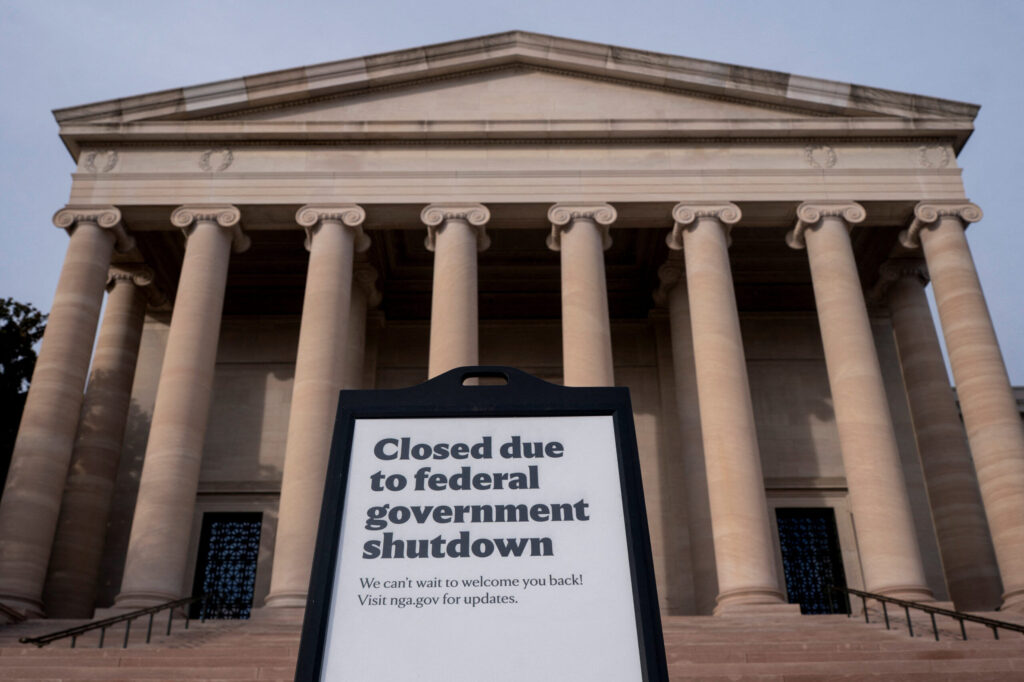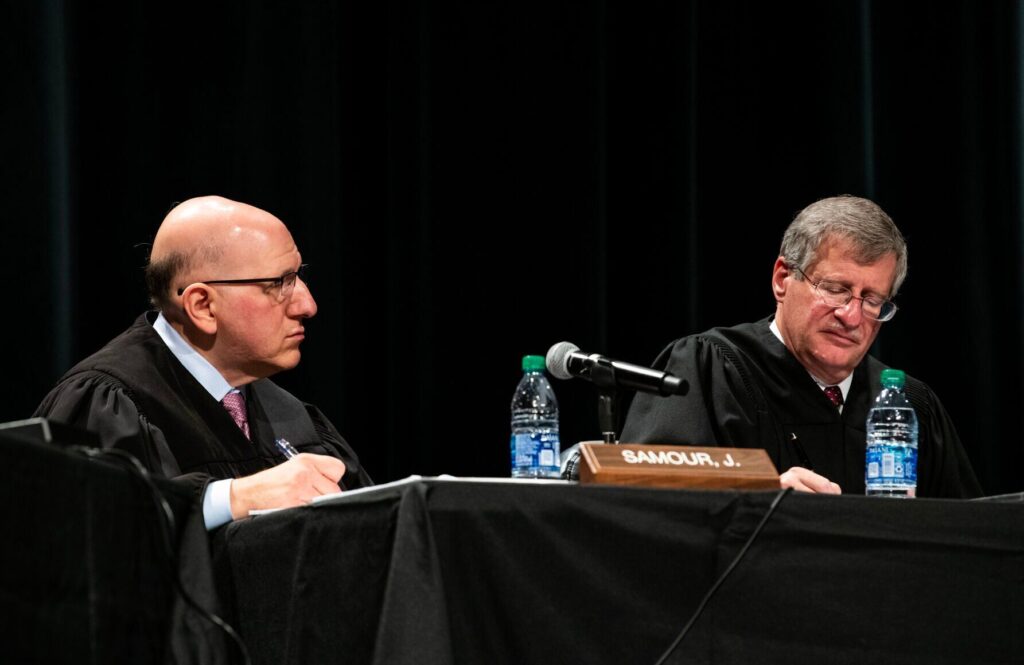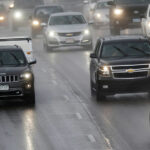We’ve been through these types of presidential elections before
No matter how this year’s presidential election turned out, there were going to be about 60 million people in America who felt the winner was “in no manner, shape or form someone who represented them or their values.”
And the keynote speaker at last week’s 27th annual SRI Conference on Sustainable, Responsible, Impact Investing at the Hyatt Regency Downtown Denver also said any angst or anger against the government was misplaced.
Potential pathways shown in past elections
A trained historian before turning to economics and finance, Karabell said there are themes from past presidential elections “That can be helpful at least illuminating what’s possible, what’s probable and what we might expect as potential pathways into an unknown future.”
Karabell said there have been many times in history where the country was divided in the same way many feel divided now.
“People who see themselves as from the heartland, who labor and work but felt insufficiently recognized and rewarded by coastal elites, members of finance and media who profit illicitly from the labor of others and are reaping the rewards disproportionately,” Karabell said.
Such an outlook seems to have been a multi-generational thing in our collected history, he added, that “wakes up every 15 to 20 years and we recall it as something that’s all new.”
Karabell noted the first “Trumpian” president was Andrew Jackson, who swept into the then-new White House while seen “in an uncouth way and who would seize the populist democracy.” The 1860s included divisions in American society that “make today’s divisions positively milquetoast” by comparison, with the Civil War the result. In 1896, William Jennings Bryant “thundered most ineffectively but tapped into a popular sentiment that the barons of the East Coast and captains of industry had crucified the public on crosses of gold because of the need and desire to create a gold standard,” Karabell said, “instead of an inflationary one that would reward farmers with a living wage.”
Teddy Roosevelt ran on the Bull Moose party ticket in 1912 and said the entire progressive agenda was threatened by “rapacious Republicans,” Karabell continued. In the infamous 1948 presidential election, Harry Truman ran a campaign of “absolute animus against East Coast bankers and captains of industry that he claimed were represented by Thomas Dewey, had robbed the people and stolen their birthright, taking their hard-earned labor and destroying the country,” said Karabell.
More recently, the 1968 election was a point of division and violence more acute than anything most people can recall. Richard Nixon won by a hair-thin margin over Hubert Humphrey that had people firmly convinced “the end of the republic was nigh. And they were violent in their opposition. The left and the liberals did not just turn away from politics, they turned toward a much darker and often revolutionary idea that not only was the system corrupt and broken and taken over by angry people, but the only way to rectify it was to take up arms and start to destroy the system to rebuild it,” Karabell stated. Nixon’s rout of challenger George McGovern followed in 1972, he added.
At a tipping point?
In retrospect, Karabell said, none of those times were the tipping point in American political history.
“While it’s always possible we are now at an inflection point where the gossamer threads of our system and society and civilization might be about to be snipped so easily and quickly,” Karabell added, “we need to ask if it’s probable or likely.”
Many people now feel fear about the possibility of that happening, represented by the unknown and an insurgency group “who seems to have little or no respect for how things are done,” he said.
But the 1968 movements were global, youth-based and had many more threatening possibilities, Karabell pointed out, that ultimately led to things like the ecological movement, socially responsible investing and the first climate change summit during the 1980s and 90s.
“What stands out about these movements is how very few resulted from anything the U.S. government did,” he said. “They were all done out of initiatives either by non-governmental entities, passionate people or some support from governments like the United Nations or European governments. Not one of these comes out of any strong, concerted, passionate effort by the U.S. government or any aspect of U.S. governmental action.”
Karabell also noted that Americans have come to invest a huge amount of weight into who occupies the Oval Office and Congress that may be “vastly disproportionate to the amount of effect and efficacy of the locus of change that any actual set of institutions have created in society.”
“It’s vital we realize that these past elections and fears did not lead to things going off rail,” Karabell said. “But none of us knows what the future is or if now is the time. I don’t pretend to have that crystal ball, but I do want to ask that we look at not what is possible but what is probable.”
He called it “extraordinary” that 1963 was the last time one political party had the kind of power in Washington that the Republican Party has now. Then, the Democratic Party held the U.S. House, Senate and White House and, to some degree, the judiciary.
“Having that kind of power to enact an agenda whole cloth did not do the Democrats a whole hell of lot of good in the end,” Karabell said. “And it even presaged many of the struggles of the post-1960s.”
You break it, fix it, own it
“Once you have broken something and claimed to have the power to fix it, you own it,” Karabell said. “We’ll see whether that problem is solved and how it is solved or if it remains a problem and how it is a problem. Either way will end a 15-year period of complete and utter dysfunction in Washington.”
Karabell said that period could end in ways seen as highly negative or surprisingly positive over the long-term. Until then, he hoped Americans would keep their fears in check.
“FDR took office during a dark time and he famously said in 1933 that we have nothing to fear but fear itself,” Karabell said. “That was a time when banks had closed and millions were unemployed. There was no Social Security or FDIC. His point was that fear is paralytic, it prevents action, it doesn’t galvanize action. It think that was great wisdom for that moment and wisdom for our moment.”












